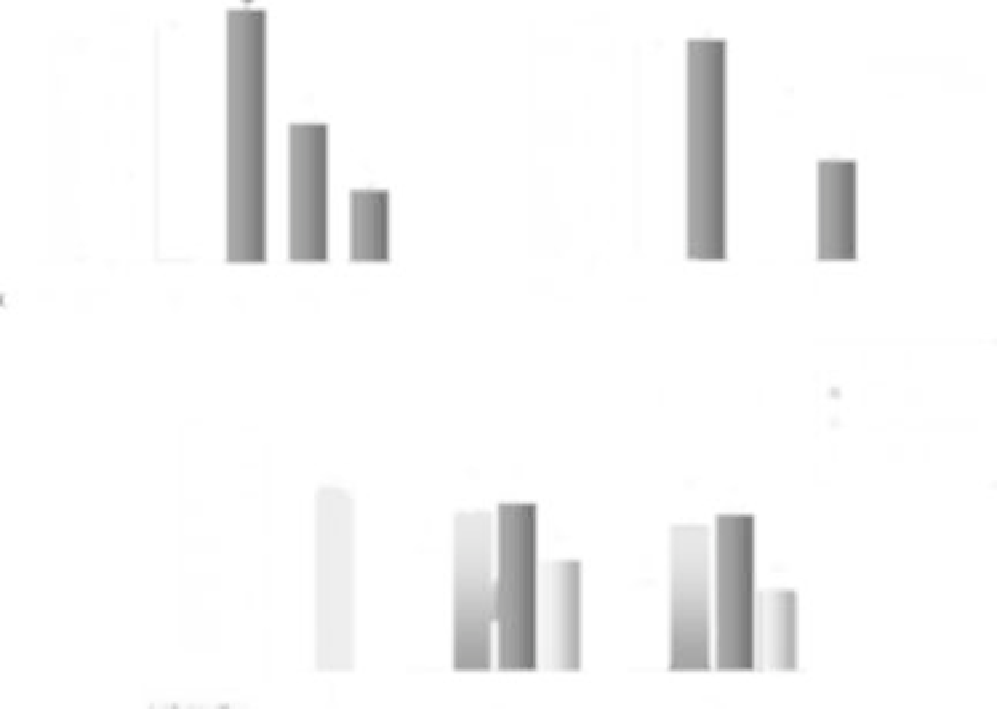Biology Reference
In-Depth Information
and dorsal root ganglia at various times after dosing.
Mice deficient in NER showed a more rapid accumula-
tion of DNA adducts that were maintained at higher
levels in neurons and in glia when compared to
controls. With chronic exposure to cisplatin, XPA-
deficient mice showed an accumulation of DNA
adducts at a cumulative dose of 8mg/kg, whereas
an equivalent accumulation in controls required
a dose of 32mg/kg. The cisplatin-induced sensory
neuropathy as measured by a decrease in sensory
nerve conduction velocities correlated with the level
of DNA adducts.
We recently examined whether changes in the
expression of APE1 could alter cisplatin-induced
toxicity in isolated rat sensory neurons grown in
culture.
10
In this study, we again examined the effects
of reducing expression of APE1 using siRNA and/or
overexpressing APE1 using adenoviral infection. Con-
firming previous results (see above), we showed that
exposing sensory neurons in culture to cisplatin
results in a concentration-dependent cell death as indi-
cated by trypan blue exclusion (
Figure 13.4
;taken
from
10
). The standard protocol for these studies was
that cultures were exposed to either scramble siRNA
or APE1 siRNA on days 4
6 in culture, infected
with adenovirus on day 8, treated with cisplatin on
day11,andcellviabilityassessedafter24hrsofexpo-
sure to cisplatin. After exposing neuronal cultures to
e
(A)
(B)
(C)
FIGURE 13.5
Cisplatin-induced decrease in CGRP release from sensory neurons is attenuated by APE1 overexpression. Each column
represents the mean
SEM of the capsaicin-stimulated release of CGRP as the percent of the total content of the peptide for cultures from three
independent harvests. (A) Effects of treating cultures with various concentrations of cisplatin for 24 hours as indicated. An asterisk indicates
a statistically significant difference in cultures treated with cisplatin compared to untreated cultures using analysis of variance and the Tukey
post-hoc test. (B
Sensory neuronal cultures are treated with scramble siRNA (open columns) or APE1 siRNA (shaded columns) then treated as
indicated with no drug or 10
)
M cisplatin for 24 hours as indicated. An asterisk indicated a statistically significant difference in cultures treated
with cisplatin compared to untreated cultures, whereas a cross compares cultures exposed to SCsiRNA versus APE1siRNA using analysis of
variance and the Tukey post-hoc test. (C) Sensory neuronal cultures are first treated with medium alone or siRNAs then infected with either
adenoviral vector control or adenovirus with either WT-APE1, C65-APE1 or N226A
m
R177A APE1 as indicated. An asterisk indicates a statis-
tically significant difference in cultures treated with cisplatin and viral vector compared to cells infected with APE1 adenovirus, whereas a cross
indicates a significant difference in cells exposed to 10
þ
m
M cisplatin compared to untreated cultures using analysis of variance and the Tukey
post-hoc test. From Jiang et al.,
10
with permission.



